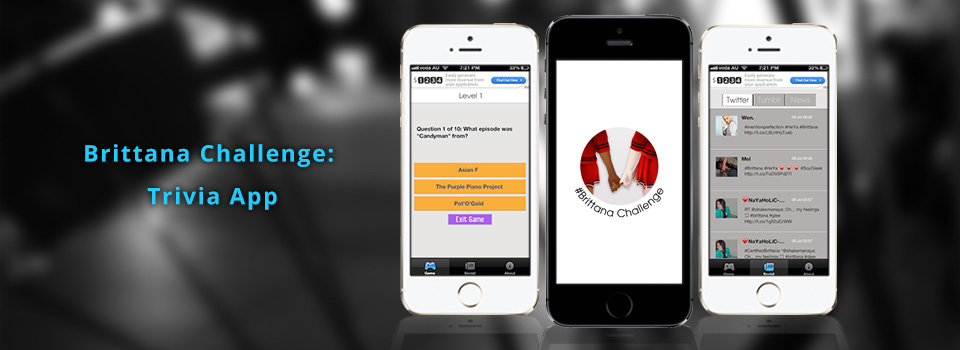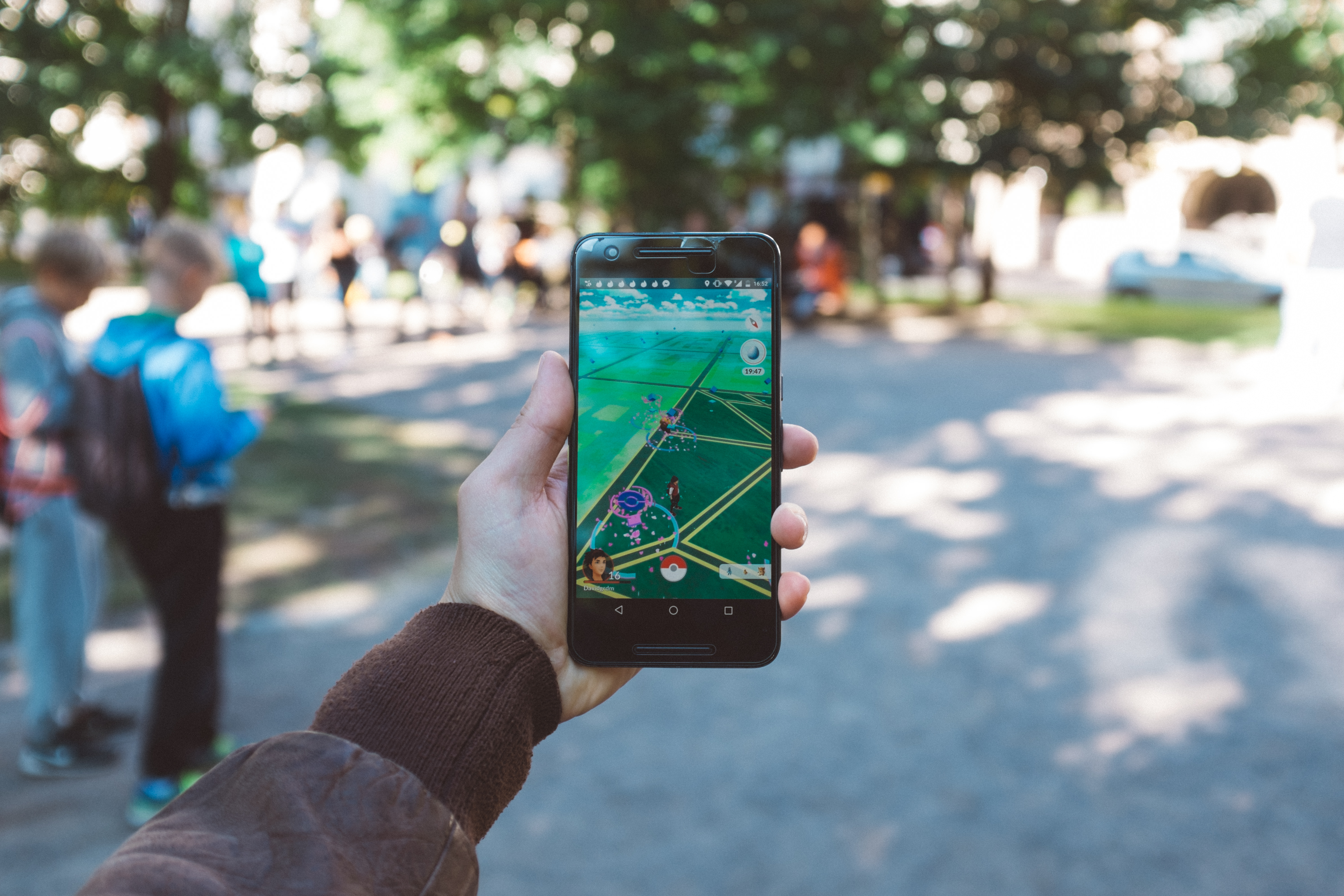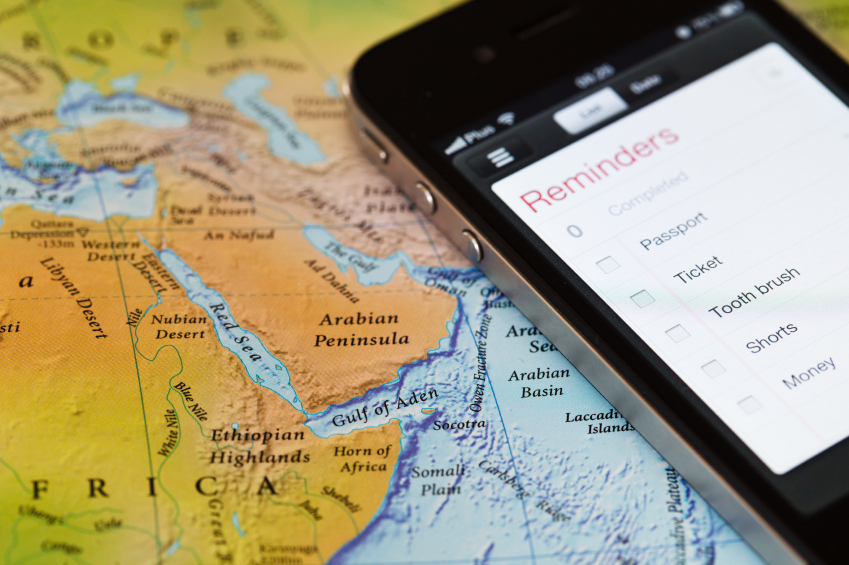Mobile Apps
Travel On Mobile: Lessons to be Learned when optimising your service for mobile
I flew a lot with American Airlines, and most of the flights were booked whilst I was on the move. They have no mobile optimisation, making the page very difficult to navigate from a smartphone. What should have been a very quick process was lengthy and off-putting. I also had trouble booking flights using non-American registered credit cards – in the end, I took to Expedia.
Lesson Learned: Build a site that is optimised for mobile and don’t rely on users to pinch and zoom to access your content. Consider where your user is coming from. Bangkok Airways
I was incredibly impressed with Bangkok Airways experience on mobile. They give you a mobile website to book from, which is easy to navigate with links designed to be used on a touch screen (i.e. big enough spaces between links to account for people’s fingers), and even a very clear option at the bottom of the screen to take you to the full version of the website should you choose. The mobile site focuses on the main items that would be important to someone on a mobile device: – Book a Flight – Check In – Manage your Booking – Flight Schedules – Contact Details It’s clean, it’s clear and it’s concise – they even let you select special meal options from their booking page.
Lesson Learned: UX and UI are important, consider the spacing between your links and make sure your links are a minimum of 44 x 44 pixels wide (the average size of a human finger). Alaska Air
Alaska Air have both a mobile site and the option of a native application for your device. Their advert for the application sits at the top of their mobile site and is unobtrusive, allowing the user to focus on the key functions of the site: – Book a Flight – Check In – Flights Status – My Account – My Trips and Reservations – Contact Details As with Bangkok Airways they also give the option to view the full site should you wish.
Lesson Learned: Advertise your native application on mobile, but keep it subtle and make sure it does not obscure the key functions of the mobile site. Virgin Australia
Virgin Australia’s mobile website gives a lot of screen real estate to their advertising carousel rather than focussing the user’s attention on menu items taking them to the key reasons for their visit to the site. Their “Contact Us” page has a lot of useful numbers, but none of them allow single touch click to call – making the user copy the number and paste it into their dialler.
Lesson Learned: Use the functions available to you on the device to their fullest extent to help make the user experience a slick one. In general most airlines are now switched on to the fact that a site that is usable via mobile is important, but it’s imperative that when you design a service to be used on mobile you consider the use cases and how to make it as easy a customer journey as possible.
This article first appeared on digitalministry.com.au








